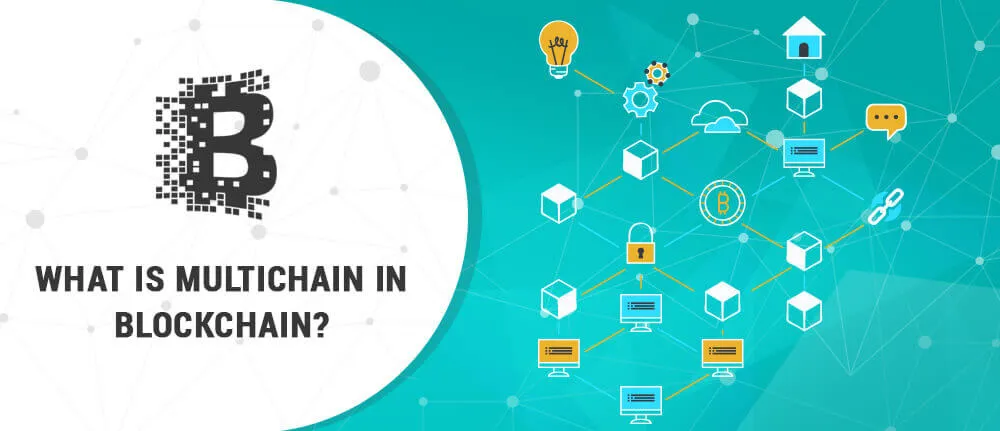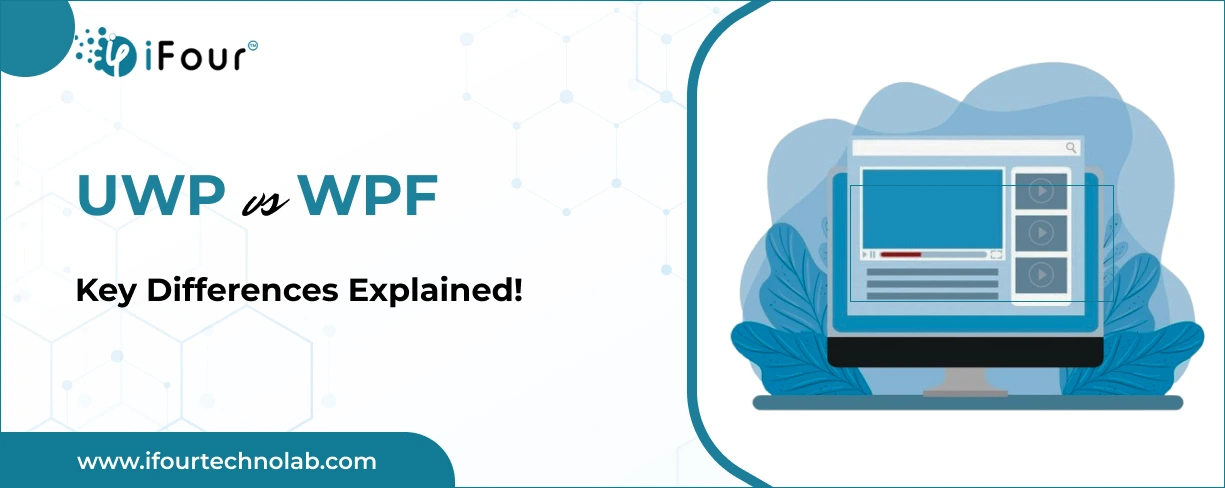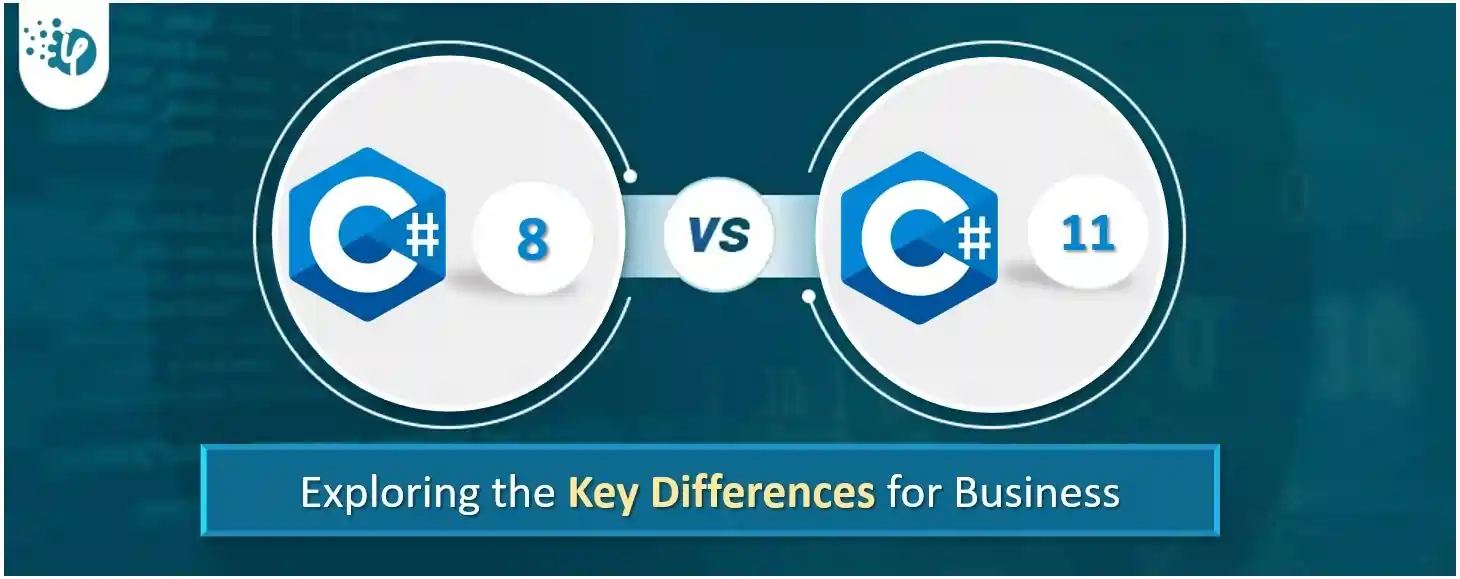UWP vs WPF - Key Differences Explained!
Several experts, particularly those just starting out, often find themselves confused about WPF and UWP, wondering if they are the same. Since they are used to create great UIs for...
iFour Team - June 03, 2019
Listening is fun too.
Straighten your back and cherish with coffee - PLAY !

There is another new features include blockchain parameter upgrading, assets and custom permissions, inline metadata and a binary cache for dealing with large pieces of data.
MultiChain technology is a platform that helps Custom Blockchain development companies to set up some private blockchains that can be used by financial transaction organizations. MultiChain gives us with a simple API and a command line interface. This helps preserve the chain and set it up.
The visibility of the Blockchain should always be actively maintained within the selected participants in order to avoid confusion in order to ensure stability and control over which transaction exists. With the help of proof of work and the costs associated with it, the mining process can be done more safely.
Native multi-currency support
Expected to be faster than Bitcoin
Permissioned management
Quick deployments
Multichain support various languages JavaScript, Python, C#, PHP
The MultiChain hand-shaking process takes place when the nodes in a blockchain connect with each other.
When two Blockchain nodes connect, MultiChain occurs. Each node's identity is represented by an address with a permissions list.
Consequently, each node it represents sends a message to the other users. If they do not receive satisfactory results from the process, the P2P connection will abort.
The MultiChain defines miners for an identifiable set of entities. It introduces a criterion known as mining diversity that binds 0<= mining diversity <= 1.
Block's effectiveness can be verified by doing the following:
This file contains the entire configuration as follows:
Multi chain fork solutions:

Several experts, particularly those just starting out, often find themselves confused about WPF and UWP, wondering if they are the same. Since they are used to create great UIs for...

Many companies rely on advanced technologies to make informed decisions in their business. For instance, some Chief Technology Officers (CTOs) turn to Power BI consulting services,...

Importance of C# - custom software development C# has been dominating the world of programming for the last two decades. Did you know it is the favored language of about 31% of...